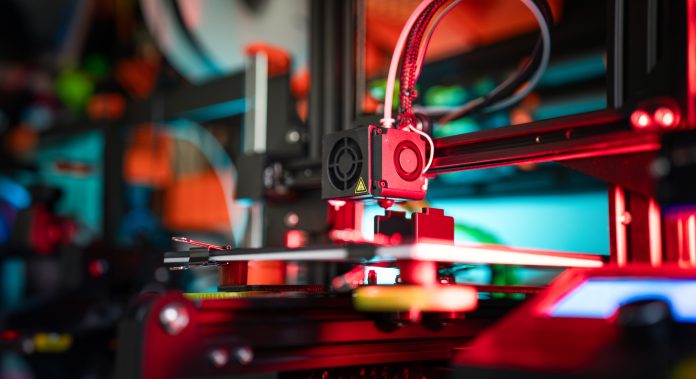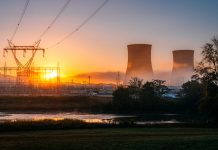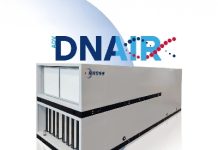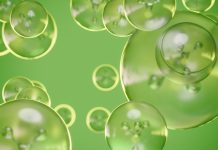The United Kingdom Atomic Energy Authority (UKAEA) has taken the next step towards the future of fusion energy by commissioning two advanced additive manufacturing machines
Located at its newly opened Central Support Facility (CSF), these machines will play a significant role in producing components for fusion power plants, which are a promising source of low-carbon energy.
Two complementary technologies for fusion challenges
Fusion power plants require components that can experience some of the harshest environments, including extreme heat, intense neutron radiation, and strong magnetic fields. This calls for materials with complex structures and superior strength, a demand that traditional manufacturing methods often struggle to meet efficiently.
To overcome this, UKAEA is now employing two new additive manufacturing methods. The first is an electron beam additive manufacturing machine developed by Freemelt, known as the eMELT Electron Beam Powder Bed Fusion (E-PBF) system.
The second is a Selective Laser Manufacturing machine, the SLM280, made by Nikon SLM and supplied by Kingsbury Machine Tools, with support from Additure.
These machines will bring complementary strengths to the table. They will be used to develop plasma-facing components, parts of the fusion machine directly exposed to intense conditions inside the reactor.
Roy Marshall, Head of Operations for Fabrication, Installation and Maintenance, at UKAEA said: “Future fusion power plants will require thousands – or even millions – of components with complex geometries that can withstand the extreme conditions of a fusion environment.
“UKAEA believes that additive manufacturing will be essential to developing these components at a scale that makes fusion commercially viable.”
High-performance materials and precision engineering
The eMELT machine uses an electron beam to fuse tungsten powder into near-solid components with almost 100% density. Tungsten is one of the few materials that can withstand the intense conditions inside a fusion reactor, making it a key element in the development of reactor components.
This machine will also enable tungsten to be layered onto materials such as copper, chrome zirconium, stainless steel, and Eurofer 97, a fusion-specific steel developed to withstand demanding fusion environments.
On the other hand, the SLM280 is optimised for producing parts with complex shapes and mixed materials. This selective laser melting system will be used to experiment with intricate designs that traditional fabrication methods cannot easily achieve. It will help develop components essential for the future scalability of fusion plants.
Reducing costs and time in fusion component manufacturing
One of the significant advantages of additive manufacturing is its ability to produce highly customised parts in low volumes, ideal for the fusion industry, where each reactor will be unique for the foreseeable future.
Traditional methods often involve complex, multi-step processes such as welding, which are time-consuming and costly. In contrast, 3D printing can produce intricate geometries in a single operation, reducing the number of manufacturing steps and overall production costs.
UKAEA believes that bringing both additive manufacturing methods under one roof and using them to produce components at scale marks a first in the fusion industry. This dual capability positions UKAEA at the forefront of fusion manufacturing, bridging the gap between experimental development and industrial-scale production.
Building the foundations for commercial fusion
The commissioning of these two machines is part of a bigger effort to accelerate the commercial viability of fusion energy. The CSF brings together advanced technologies, purpose-built workshops, and specialised teams under one roof to foster collaboration and innovation.
In the coming months, the machines will begin producing prototype components, starting with experiments in tungsten and copper chrome zirconium layering. These early efforts aim to fine-tune the manufacturing process and assess the properties of the printed materials under extreme conditions.











